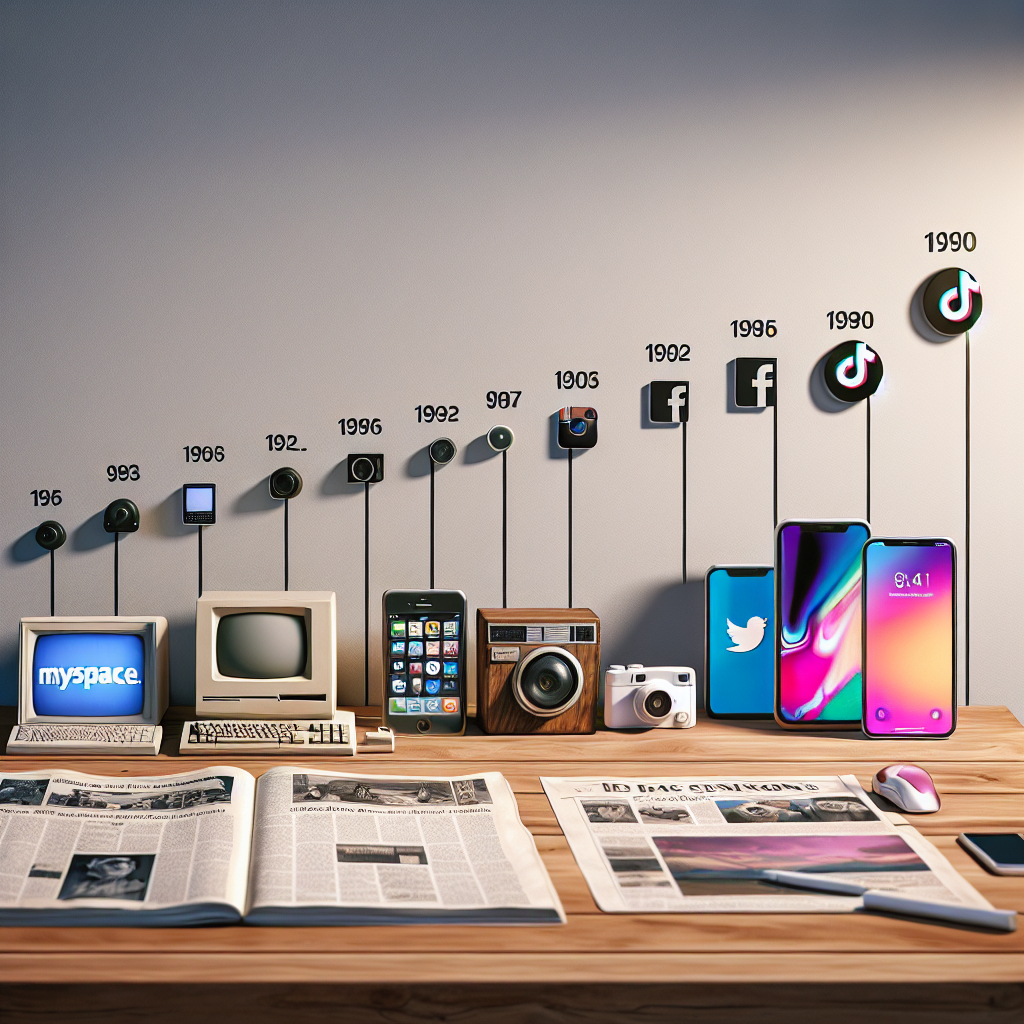As social media algorithms shift unpredictably, creators and brands rediscover the tangible audience value of newsletters. Deeply rooted in the promise of direct delivery, newsletters offer a uniquely intimate channel for sharing insights, updates, and exclusive content. Unlike fleeting posts buried beneath ever-changing feeds, the email inbox has become a coveted space where readers willingly engage with tailored information. This resurgence in newsletter popularity reflects a broader trend toward personalization, trust-building, and sustainable engagement strategies.
Newsletter Renaissance in the Digital Age
The resurgence of newsletters is not merely a nostalgic throwback to the early days of email marketing. It represents an intentional pivot toward owned channels amid growing concerns over algorithmic unpredictability and declining organic reach. As social platforms prioritize paid promotions, many marketers find themselves scrambling to maintain visibility. In contrast, newsletters empower senders with full control over distribution and design. A well-crafted email arrives exactly when intended, bypassing third-party gatekeepers and reaching subscribers directly.
One driving force behind this revival is the heightened consumer desire for quality over quantity. Social feeds overflow with fast-consumption content—memes, reels, and viral snippets—but readers increasingly crave depth, analysis, and expert commentary. Newsletters satisfy this appetite by delivering curated content that resonates with niche interests. Whether it’s an in-depth industry report, a weekly digest of trends, or a personal reflection from a thought leader, newsletters enable creators to foster a two-way dialogue grounded in authenticity and mutual respect.
In recent years, platforms like Substack and Revue have lowered barriers to entry, making it easier than ever to launch, monetize, and grow a newsletter. These services integrate subscription management, payment processing, and analytics, freeing creators to focus on crafting compelling narratives. As a result, we’ve witnessed a proliferation of paid newsletters that blend journalistic rigor with entrepreneurial spirit. Subscription-based models remind audiences that quality content often merits a small fee—reinforcing the principle that free content is only as valuable as the attention it commands.
Crafting Authentic Voices in a Noisy World
No marketing channel thrives without a distinctive voice, and newsletters are no exception. In an environment crowded by generic updates and impersonal blasts, authenticity stands out. Readers can easily recognize an email that reflects genuine passion versus one driven solely by promotional motives. When a newsletter’s tone feels sincere, it not only draws subscribers in but also promotes long-term loyalty and retention.
Deploying personal anecdotes, sharing behind-the-scenes glimpses, and acknowledging reader feedback can transform a static newsletter into a dynamic community. Creators often supplement polished content with spontaneous reflections, cultivating a sense of intimacy. This approach helps subscribers feel like active participants rather than passive observers. Over time, such relational depth multiplies the perceived value of each email, making the newsletter an indispensable touchpoint.
Another critical element is consistency. Subscribers appreciate knowing when to expect fresh content. A predictable delivery schedule—whether it’s daily, weekly, or monthly—reinforces trust and anticipation. Coupled with visually appealing design and mobile optimization, consistency ensures that messages are both anticipated and easily consumed. In this way, newsletters outshine transient social posts, offering a reliable window into curated insights.
Strategies for Growth and Monetization
Building a thriving newsletter requires more than a catchy subject line; it demands strategic planning and continuous optimization. Successful publishers often employ a mix of growth tactics, ranging from cross-platform promotion to referral incentives. For instance, embedding newsletter sign-up forms on personal blogs, linking to subscription pages in social media bios, or collaborating with complementary brands can accelerate list expansion.
- Lead Magnets: Offering a free resource—such as an e-book, template, or checklist—in exchange for an email address can dramatically boost sign-ups.
- Guest Contributions: Inviting industry experts to co-author or appear in a special edition fosters cross-pollination between audiences.
- Referral Programs: Rewarding existing subscribers for inviting friends amplifies organic growth and reinforces community bonds.
Once a substantial list is established, monetization pathways emerge. Many creators adopt a freemium model: a free tier for broad reach complemented by a premium subscription offering deeper analysis, exclusive interviews, or ad-free content. Sponsors and advertisers also play a role, particularly when newsletters boast highly targeted demographics. Native ad placements—seamlessly integrated into the editorial flow—tend to outperform banner ads by aligning with reader preferences and minimizing disruption.
Data-driven personalization further enhances monetization prospects. By segmenting subscribers according to interests, location, or behavior, publishers can deliver hyper-relevant offers and recommendations. This targeted approach not only drives higher conversion rates but also elevates subscriber satisfaction. In the age of information overload, relevance is a form of respect; when readers receive content tailored to their needs, loyalty—and revenue potential—soars.
The Future Landscape of Email Communication
Far from fading into obscurity, newsletters are poised to evolve alongside emerging technologies and shifting consumer expectations. Artificial intelligence and automation tools already streamline tasks such as content curation, subject line testing, and send-time optimization. Over the next few years, we can expect even more sophisticated applications: AI-generated summaries, predictive segmentation, and real-time personalization based on behavioral signals.
Moreover, interactive elements—such as embedded polls, quizzes, and shoppable carousels—are transforming static emails into engaging experiences. These features not only captivate readers but also yield valuable feedback and data. As privacy regulations tighten, first-party data collected through consent-based interactions within newsletters will become increasingly precious. Publishers who prioritize respect for subscriber privacy while leveraging insights responsibly will gain a distinct competitive edge.
Integration with broader digital ecosystems will further amplify newsletter impact. Seamless handoffs between email, social media, podcasts, and live events create unified experiences that deepen trust and foster multi-channel loyalty. Imagine a workflow where a newsletter introduces a topic, a podcast episode explores it in depth, and a live webinar invites real-time audience participation—all anchored by the newsletter’s initial invitation.
The comeback of newsletters signals more than a trend; it reflects a deliberate move toward channels that prioritize direct connection, meaningful exchange, and sustainable relationships. As more creators and brands rediscover the untapped potential of email, the humble newsletter stands ready to reclaim its status as a cornerstone of digital communication.



